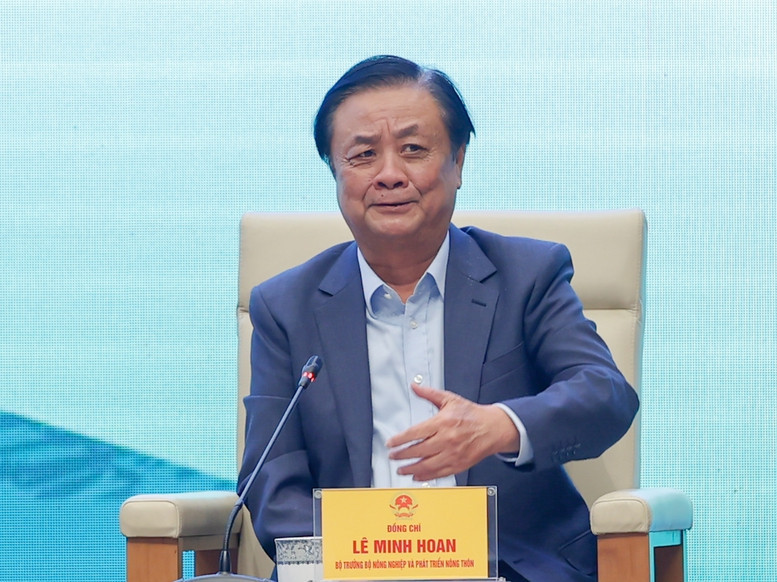
The Ministry of Agriculture and Rural Development (MARD) has reported that Vietnam exported 9.18 million tons of rice in 2024, worth $5.75 billion. While the export volume increased only by 12.9 percent, export value increased sharply by 23 percent.
Vietnam’s rice sector also made a historic record in both output and value since 1989, when it exported rice for the first time. And it has become the first country in the world to produce high-quality low-emission rice on a large scale of 1 million hectares.
At a dialogue between the Prime Minister and farmers held on December 31, Le Thanh Long, a farmer from An Giang province, raised questions about the solutions to promote the carbon credit market and implement the 1-million hectare low-emission rice.
Hoan said An Giang has been very active in implementing the project. The province has reported 20-30 percent of production costs in comparison with traditional cultivation model. Once production costs decrease, profits will increase.
The Prime Minister noted the carbon credit market is something new for the world and Vietnam, so ministries and branches need to discuss the issue before submitting a solution to the government.
He said that the benefits of the 1 million hectare of low-emission rice project could be more than just money to be collected from carbon credit sales. It will be useful for Vietnam’s agricultural production.
“For example, straw can be made into pellets or used as a biological product for the next crop. The carbon credit project aims at a broader, more general goal than just selling for a certain amount of money,” Hoan said.
Hoan affirmed that the 1 million hectare high-quality low-emission rice project in Mekong Delta has brought benefits to farmers. This is considered a revolution to develop the rice production sector and build a Vietnamese low-emission rice brand, thus making Vietnam’s rice better known in the world market.
Hoan also mentioned the restructuring of the rice production sector towards sustainability, adaptation to climate change, and global green consumption.
Developing sustainable agriculture not only increases yield and output, but also reduces production costs, improves rice quality, and ensures environmental protection and farmers’ good health.
Tam An